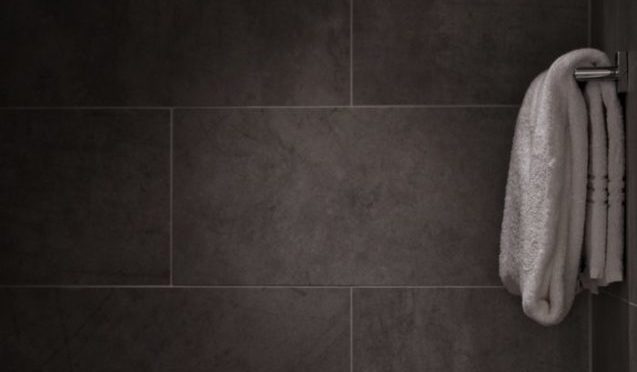
If you have home insurance, car insurance, or (most importantly) health insurance, you know it’s sometimes worth paying for things you hope you never have to use. We look at sump pumps the same way; a good sump pump is an insurance policy that you’re going to want to work 100% of the time you need it, even though, ideally, it’ll sit unused the vast majority of the time. However, once it starts raining heavily, you’ll be glad you installed one. Today we’re going to review what sump pumps do and simple maintenance you can perform to keep yours running in tip top condition when you need it.
What are sump pumps and why are they important?

Sump pumps are essentially automatic pumps that remove water from sump pits, which are small holes in basements and foundations, to remove water from the lowest levels of a home. The need for one will depend in large degree on the height of the local water table, the degree to which soil adjacent to the house drains vs. retains water, and the amount of heavy rains received in the area. Similarly, if you have foundation draining issues or weaknesses in your basement walling, you’re more likely to need a sump pump to get rid of water that would otherwise flood your basement.
There are also many homeowners and business owners (e.g., landlords and managers of rental properties) who install sump pumps as insurance against random flooding situations, whether from heavy rainfalls or burst piping throughout the home.
What kinds of sump pumps exist?

You can buy sump pumps in a variety of shapes and sizes, but they basically come in four configurations: AC-powered, DC-powered, AC/DC powered, and water-powered. They all work the same way; they discharge water out into your yard. Unlike sewage pumps, sump pumps don’t drain to your sanitary sewer system. Since they conduct water out of your home, they don’t discharge into any other water fixture in your home (e.g., a drain, toilet, or bath tub).
Because sump pumps can often sit unused for weeks to months at a time, following a basic maintenance schedule is a good idea to keep your pumps from developing problems without your knowledge.
What kinds of maintenance should I perform on my sump pump every 3 months?

Every three to four months, you’ll want to clean the inlet screen on your pump; this keeps debris like stones, leaves, and gravel from clogging your pump and keeping it from being able to take in water.
If you have a pump that runs on electricity (e.g., an AC pump, an AC/DC combination pump, or a DC backup pump), you’ll want to review the power cord and ensure it is still connected to a power source. This is important even for DC pumps and AC/DC pumps because both rely on AC power to keep the battery charged so it will be ready to work in the event of a power outage. If you have a water-powered sump pump like the Liberty Pumps SJ10 or Basepump HB1000-PRO, you can skip this step, as these kinds of pumps will work indefinitely without electricity.
Every few months, you’ll also want to empty a bucket of water into your sump pit. This is a quick and easy way of testing your pump’s float to make sure it kicks in and turns on the pump. If you want a more realistic simulation, you can feed water into the sump pit through a garden hose, as the more gradual filling will be a better representation of how water levels rise with flooding or rainwater. You can even take the extra step of unplugging your AC sump pump if you’re testing your backup; this will let you know if the battery is strong enough to drive the DC pump when it needs to.
What upkeep is important for sump pumps on an annual basis?
Every year, it’s a good idea to pull your sump pump from the sump pit in order to both clean and inspect it; this will help you spot any obvious cracks, leaks, or defects before they lead to pump failure.
At least once a year, clean the sump pit itself; they tend to fill with debris such as dirt, rocks, gravel, leaves, and other contaminants from groundwater. If these accumulate past a certain point, they will begin to interfere with your pump, making it less effective in the best case scenario and rendering it useless in the worst.
Flip through your owner’s manual if you installed the pump or had it installed since moving into your home; check for any requirements or maintenance schedules for the pump itself. You might need to grease certain bearings or add oil. If you don’t have a manual at hand, all is not lost; just use the Internet to find it as a PDF from the manufacturer. You’ll need the model number of the pump, which you can find from inspecting the pump as suggested earlier.
Once again, test the pump itself by running a water line into the pit and filling it to simulate flooding. This is perhaps the single most important bit of upkeep you can perform with a sump pump.
Which AC, backup, and water-powered sump pumps do you recommend?

Our top recommendation for an AC pump is the Zoeller M267, which we’ve reviewed here and found to be the most reliable AC-powered sump pump on the market. For a DC backup, the best on the market is the Wayne WSM3300, which we’ve reviewed here. For an AC/DC combination sump pump, we recommend the Wayne WSSM40V, which we’ve reviewed here. And for a water-based sump pump, we’re fans of the Basepump HB1000-PRO, which we’ve reviewed here.
 If you find our work at PumpThatSump helpful, you can put our relentless reviewing of every pump and fixture on the market to the test by shopping via our links above for whatever you need to make your house a home. Despite being self-employed, we promise not to spend it all on health insurance.
If you find our work at PumpThatSump helpful, you can put our relentless reviewing of every pump and fixture on the market to the test by shopping via our links above for whatever you need to make your house a home. Despite being self-employed, we promise not to spend it all on health insurance.


